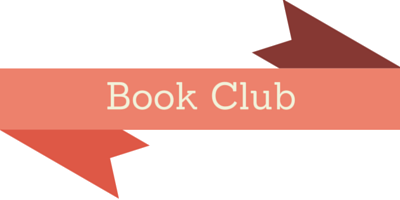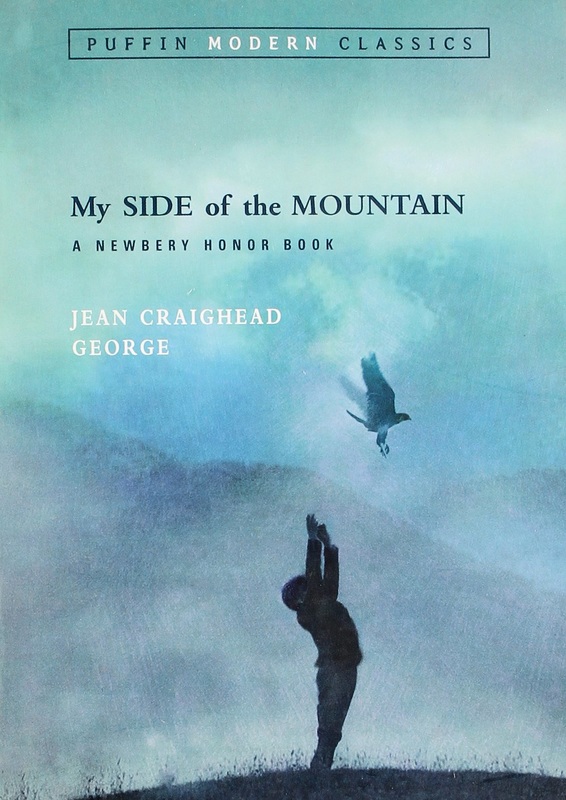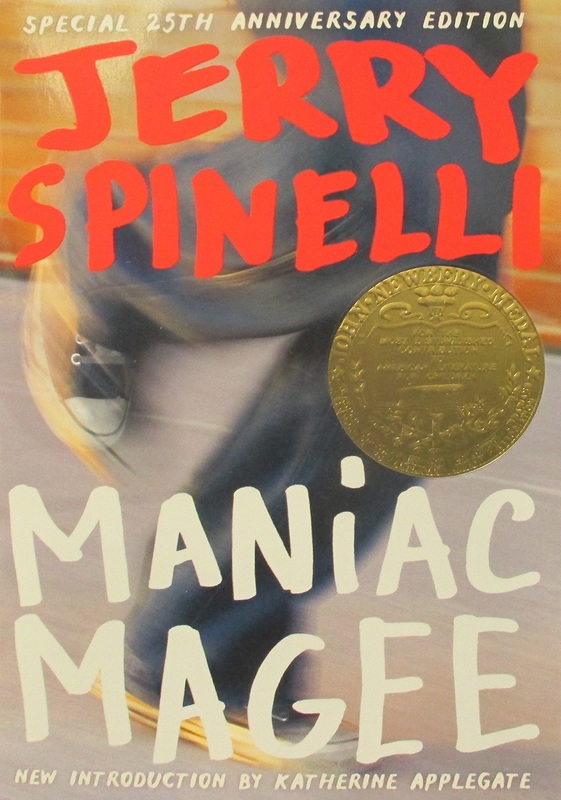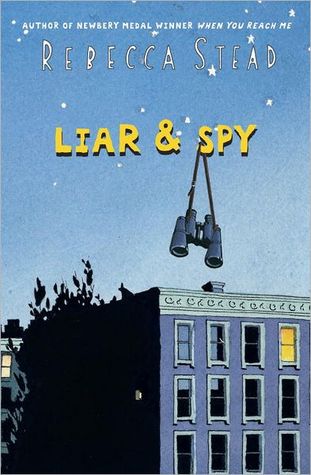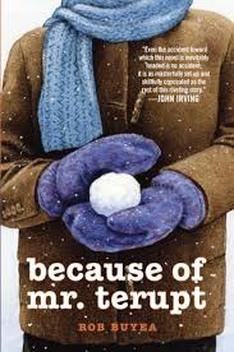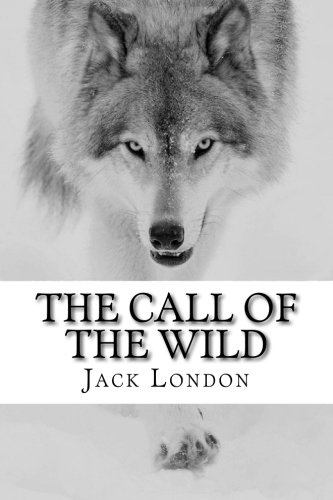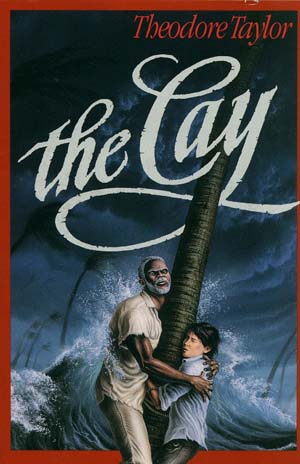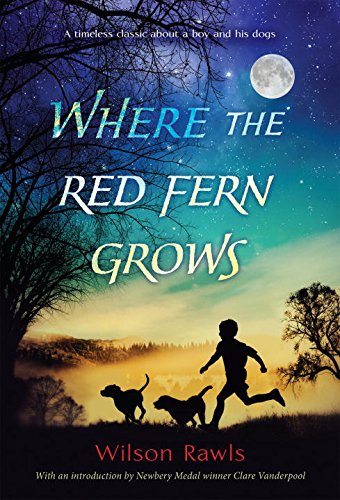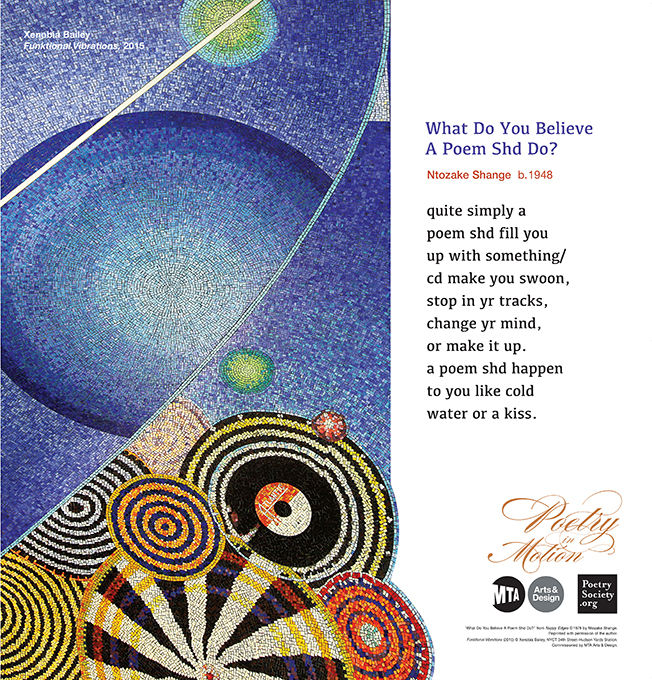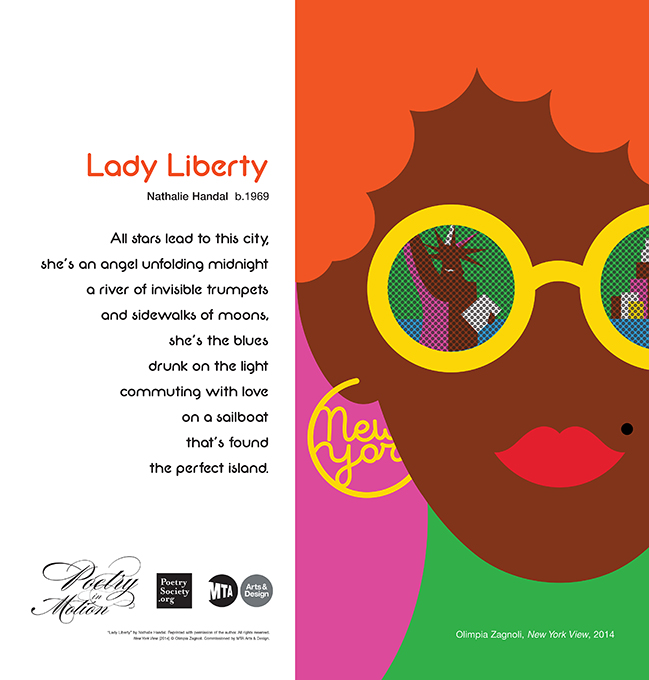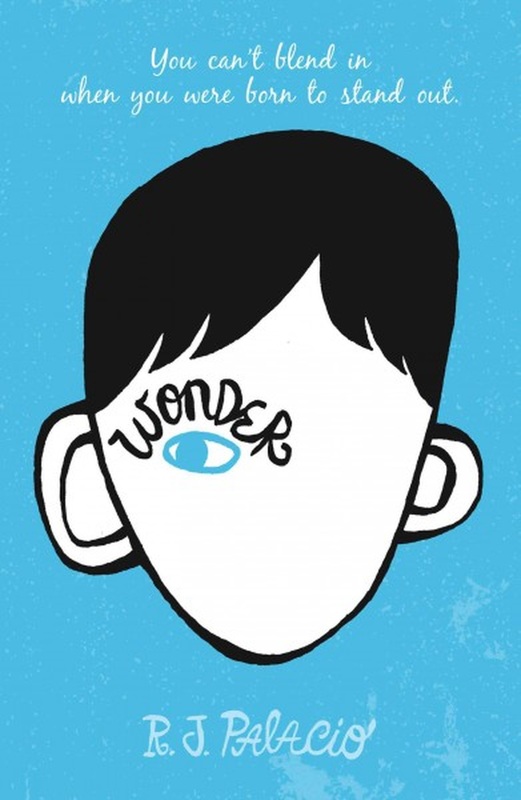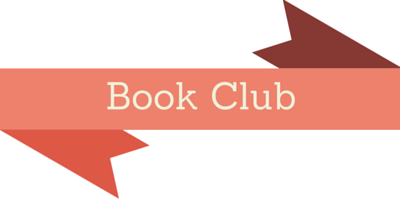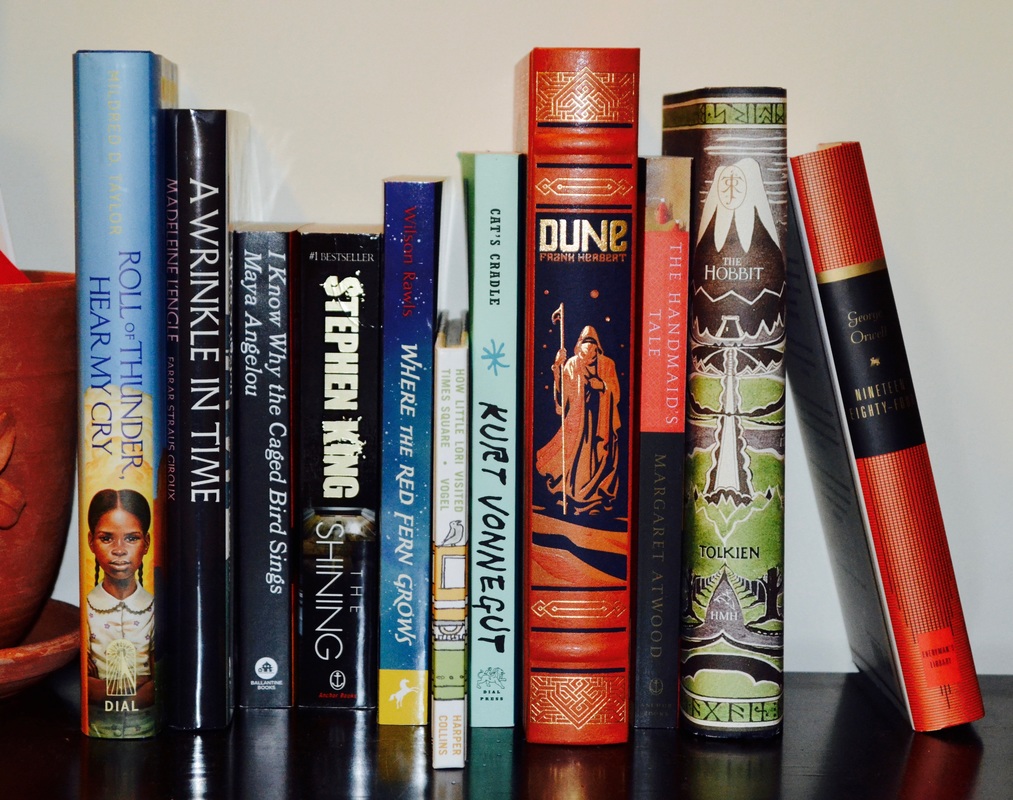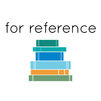What is the most important thing about your club? What are you hoping to accomplish?
You'll want to prioritize. I'm assuming you want him to comprehend the book and discuss with you in a dynamic way. But, also, you want to create an atmosphere of trust and communication. This isn't an either/or proposition but, there are going to be times when you have to know which one you're prioritizing.
The other reason to think about this question going forward, primarily, is to think about how you will curate future book choices. Do you want this book club to be a way you spend time with Richard? Are you willing to compromise on book choices so that Richard's enjoyment overrides yours? Or do you want to discuss and mutually agree on a new book going forward? Do you want to push him outside his comfort zone? Do you want to read books you've already read but with him?
The other reason to think about this question going forward, primarily, is to think about how you will curate future book choices. Do you want this book club to be a way you spend time with Richard? Are you willing to compromise on book choices so that Richard's enjoyment overrides yours? Or do you want to discuss and mutually agree on a new book going forward? Do you want to push him outside his comfort zone? Do you want to read books you've already read but with him?
From a previous post: Structural Things to think About for Book Clubs
Possible Books
| Guided Reading: Level U This book is right on level for a 5th grade reader. This is a Newbery Honor book from the 1960s. This is part of a trilogy (On the Far Side of the Mountain and Frightful's Mountain) so if he likes it, he can continue on without you. Having known he likes the Survivor book series, it would make perfect sense that he'd also like realistic fiction books in the surviving nature category. This is certainly that! |
| Guided Reading: Level W This is a 6th grade level reading book and also a Newbery Medal winner. This is another author like Louis Sachar (who Richard noted as his favorite) who also has written many, many books. This book works in some race relations, if you're looking to get into that discussion. But it also leaves it open enough that if you don't want to press the issue at the moment for discussion, you can just read the good story. |
| Guided Reading: Level R This one would be a bit below Richard's reading level BUT sometimes that's a good thing. When you're starting something new and you want it to be a positive experience, you may not want the reading to be the difficult part. The story is a good read (ask Mary!) and allows you to think about shifting friendships and social dynamics as kids get older. |
| Guided Reading: Level R Another book that is a bit lower than Richard's reading level. However, this book does center on a 5th grade classroom, making it timely. The teacher is an off-beat, first year teacher who really connects with his kids but also lands himself in trouble because of it. The story does not end sad (in case you were worried) and it is part of a series of 3 (Saving Mr. Terupt and Mr. Terupt Falls Again). |
| Guided Reading: Level Y This book is leveled closer to a 7th grade book, and as you know, a classic. It's a bit of a twist on The Hatchet (or the other way around, ha!) since the main character is the dog. One of the more interesting things about this book is that it was actually in the Saturday Evening Post magazine first as a series of writing, and then released as a full volume book afterward. And, a great movie to watch too! You can go on to read White Fang. |
| Guided Reading: Level V This book is a classic and one he is unlikely to read in school anymore. This book will hit home some racial tension themes but in a survivalist manner so it blends the two worlds for Richard, if you want. It's appropriate for middle grade students and timely with what's going on in the news. |
| Guided Reading: Level X This book is leveled at middle of 6th grade - right on level for Richard. This book also is on my ideal bookshelf (I still remember reading it over 20 years ago). Beware, it is a tearjerker. It is a coming of age and of letting go story told just perfectly. |

